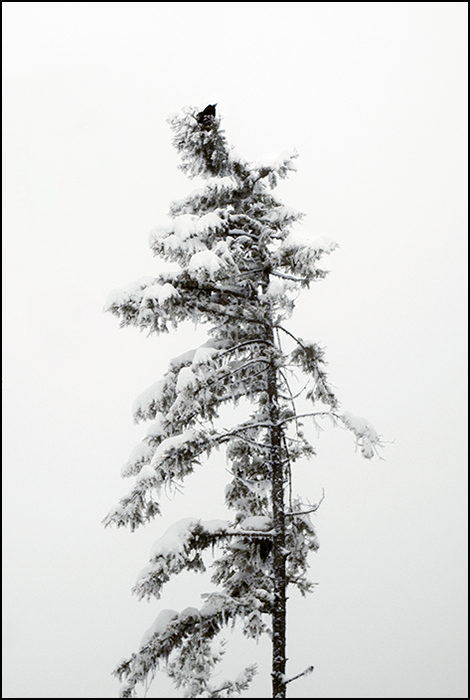"So I'm going on a two-hour boat ride outside of Stockholm in each direction just so that I could visit a place the name of which translates as a (clothing) 'tag' into Russian? Excellent!"
For once, I wasn't being sarcastic either. You see, Birka was the most important trading town in Sweden during the Viking age with links to such far-removed places as India and the Caucasus. Today, it is an archeological site full of burial mounds, housing a partial historic reconstruction and a small museum. Oh, and all this is set amidst an essentially wild and, therefore, beautiful and slightly nostalgic Nordic landscape if it weren't for a small farm on this island of Björkö.
Are you convinced to visit yet?
At some point in their life, many self-respecting people of the metal persuasion (wink!) become fascinated with the Vikings (perhaps, naively conflating them with all Scandinavians, rather than a military "estate" comprising a small percentage of the population). Thus, this was not the first Viking-related site that I've visited. A few years ago, I traveled to two must-see places, both in Denmark: the Roskilde Viking Ship Museum to see remodeled and original (!) ships and the town of Jelling to face the sky atop the giant royal burial mounds and stand next to thousand-year-old runestones towering over you.
Birka had its own charm--with or without the partially reconstructed housing and boats. I'm obviously not an archaeologist. Yet not only am I very visually oriented, but also, one of my historic interests has included imagining the cultural topography of a place (I've done fairly detailed studies of central Moscow under Ivan the "Terrible" (Formidable!) and in the 1920s--as part of my doctorate). So envisioning a busy town, especially its lively market or feasting on mead at a large hall--over an empty field--was not a difficult task. Climbing the rocks to reach Björkö's highest point lets you survey the twisted waterway--the lake functions as a major road of the past and present alike.
Also, it was, of course, certain Swedish Vikings, the Rus, that served as the source for the term "Russia," my Motherland, and were the progenitors of the first Rurikid dynasty in what became Kievan (and Novgorod) Rus commencing in the mid-9th century and coincidentally ending with the aforementioned Ivan IV--at the end of the 16th. Needless to say, this historic site bears much closer links to those I consider my ancestors, at least as a general history of a people, than the Danish counterparts. Even the sad birch trees on the island seemed "Russian" (there are etymological connections between the "birk" stem in the Scandinavian-Germanic--languages, including the island's name, and "bereza" in Russian).
Our tour guide doubling as an archaeologist turned out to be of metal persuasion as well punctuating the lecture with "horns up" in all the right places, and we bought Thor's-hammer-necklace replicas--simple and crude, just how I like it.
This lengthy Baltic trip has had its share of misadventures--as I write this from a trans-Atlantic flight navigating over ice-covered northern Hudson Bay with exactly 3 hours and 33 minutes left remaining--but Birka was just about perfect.
P.S. The images here were shot with an iPad.







